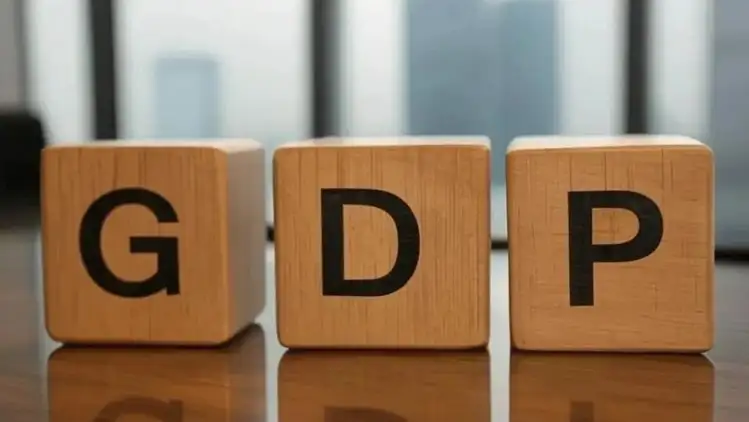Capex goes up, repo rate comes down
The government increased capital expenditure by 52% year-on-year, reaching around Rs 2.8 trillion. It was followed by the announcement to slash the GST rates by Diwali so that the consumption may increase.
The Reserve Bank of India also contributed to spurring demand and growth by gradually slashing the repo rate by 75 basis points. However, some of the commercial banks are yet to pass on the lower interest rates to the consumers. The reduced repo rate has had a muted response on the Indian economy. The repo rate is the interest rate at which the central bank lends money to commercial banks and financial institutions.

Reuters polls
According to a poll of 70 economists, conducted by Reuters between August 18 and 26, the gross domestic product (GDP) growth rate has slowed to 6.7% from 7.4% in the previous quarter. The Reuters poll found that India's GDP growth slowed down to 6.5% this quarter, 6.3% in October-December, and 6.2% in January-March. It was forecast that the average growth rate for this fiscal year may be 6.3%, the slowest in five years.
What may happen after 50% US tariff kicks in?
Analysts apprehend that the growth rate may go further down after the additional tariffs of 25% above the base tariffs of 25% kick in. Indian exporters may find it extremely difficult to sell their products with a cumulative tariff of 50%. The labor-intensive sectors like footwear, textiles, readymade garments, and diamonds employ lakhs of workers. If the exports fall, the manufacturing and the ancillary units may be closed down, and hundreds of thousands of workers may be thrown out of a job. It has been estimated that the annual GDP growth rate may fall by about 0.30% due to the increased US tariffs.
Report by DNA on Daikyhunt platform




No comments:
Post a Comment